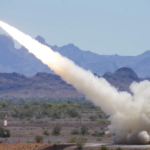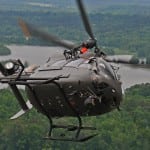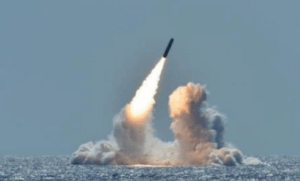
A team of six Army personnel landed in Austin, Texas, on July 13 to establish a beachhead for the new Futures Command, which will bring the service’s entire modernization apparatus under a single commander.Austin won out because it boasts “talent, the entrepreneurial spirit and access to key partners” as well as “the quality of life our people desire and a cost of living they can afford,” Army Secretary Mark Esper said July 13 during a press conference at the Pentagon.Austin…

 By
By 











